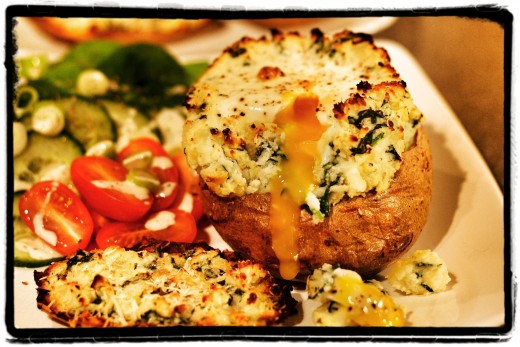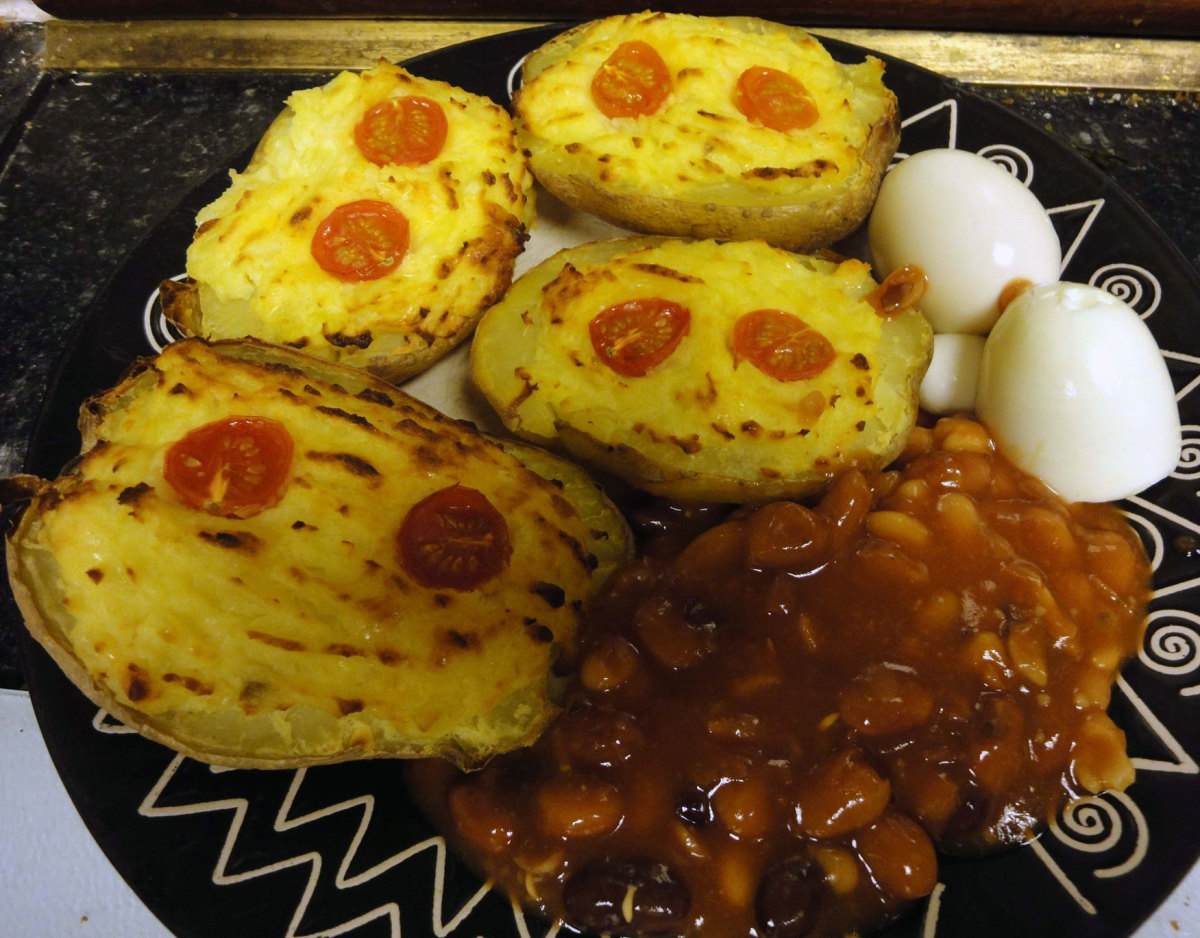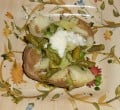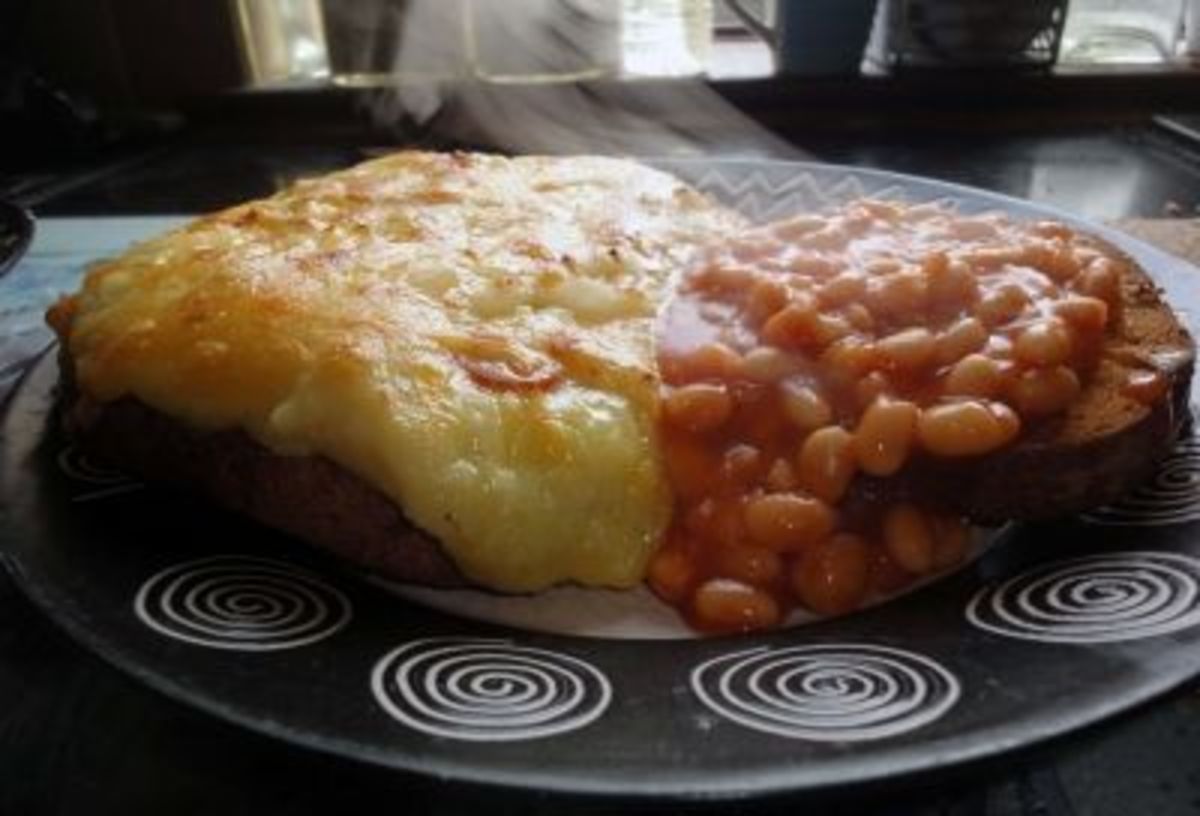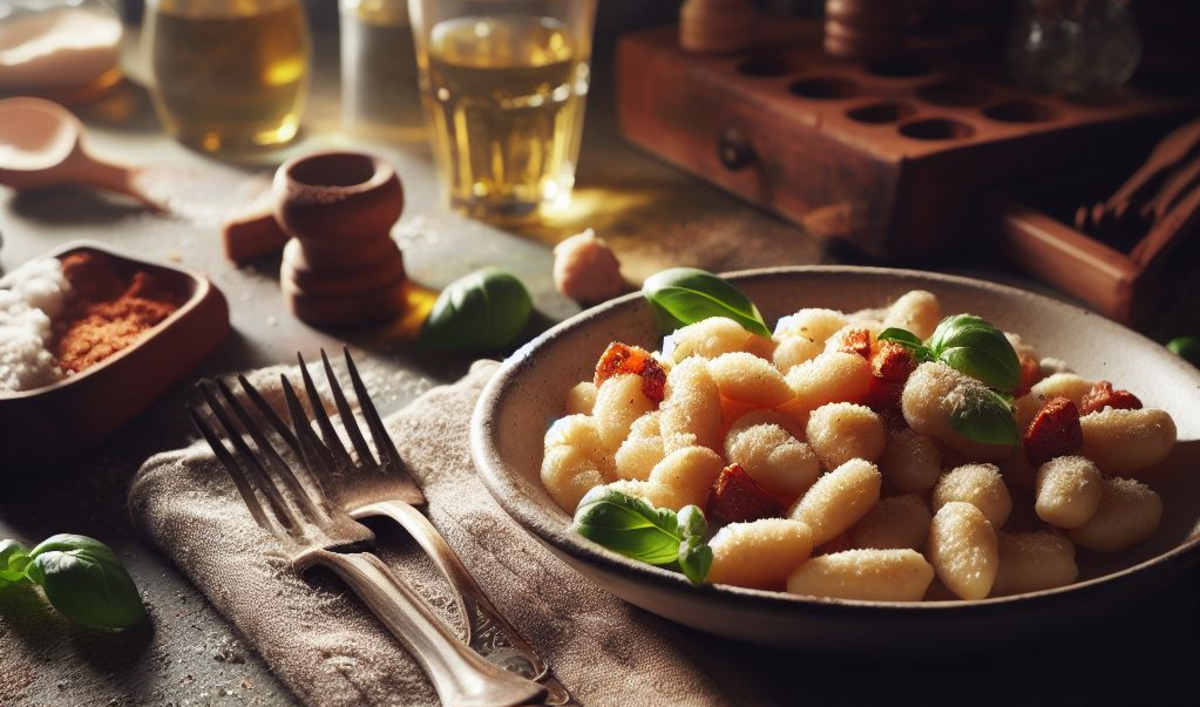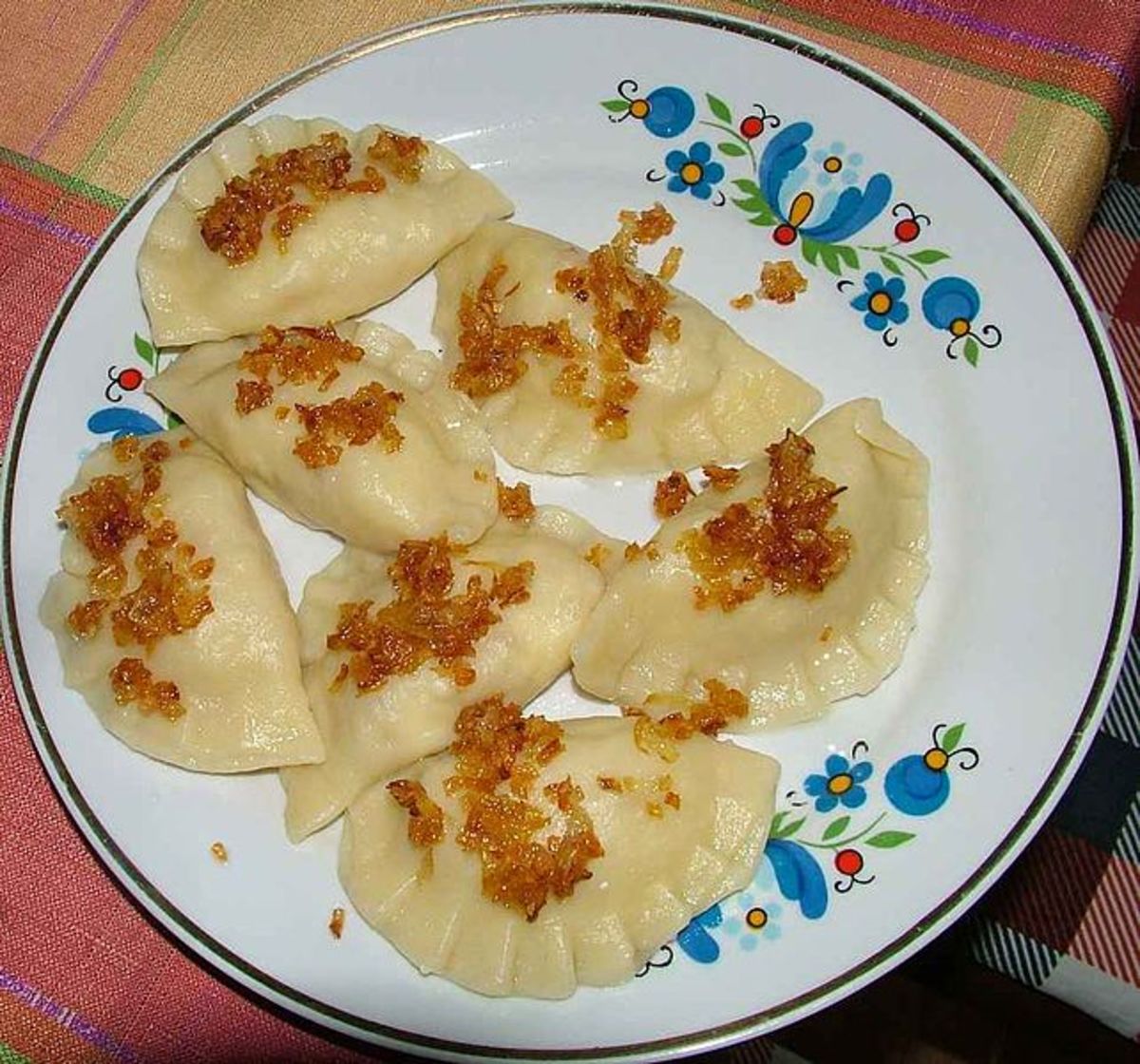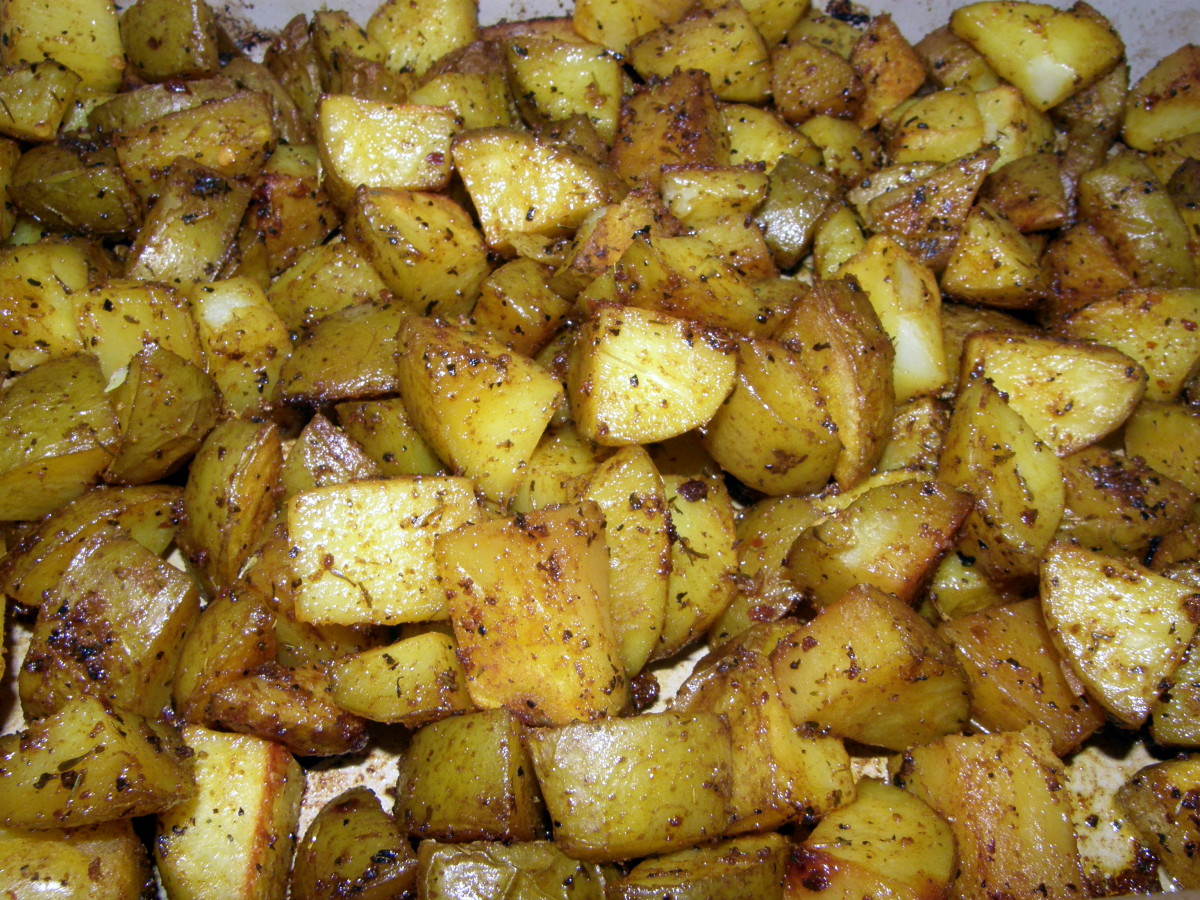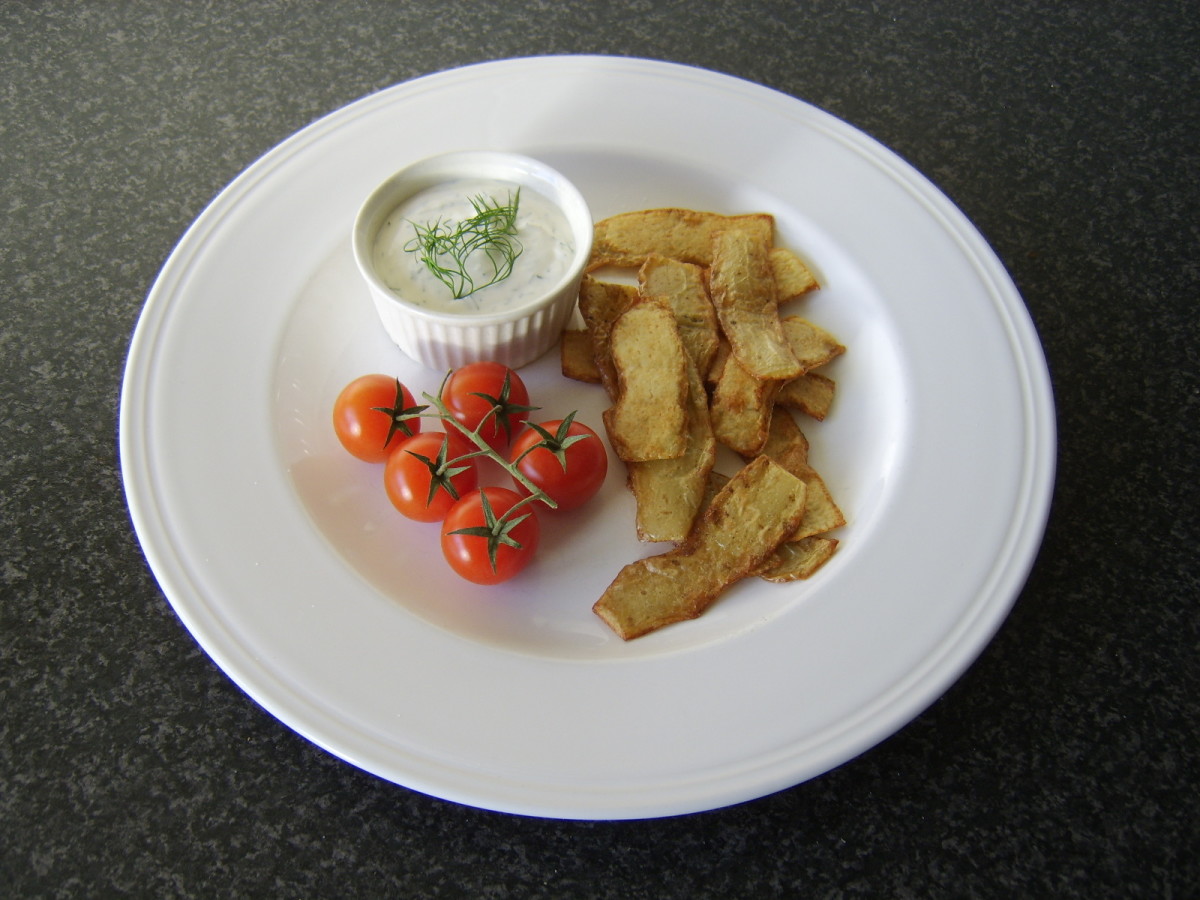Florentine Twice Baked Potato
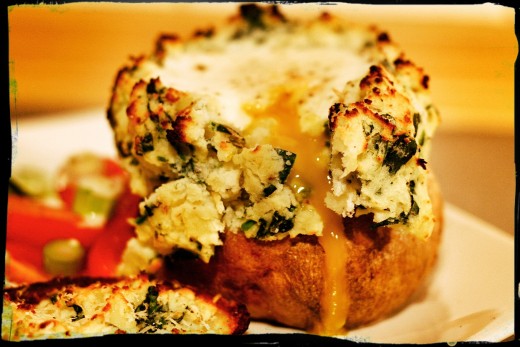
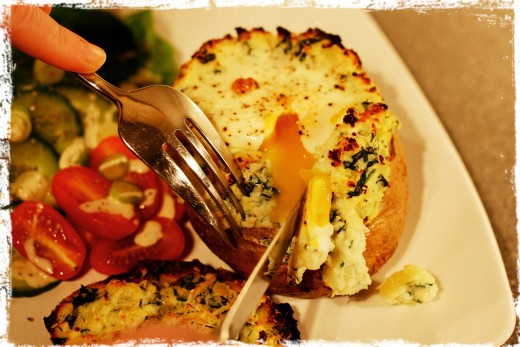
Bring a little Italian flare to your baked potato with this simple recipe. Florentine, in my mind, is usually reserved for Italian Pizza's but the combination of spinach ricotta and egg can be used with anything you like and it works particularly well with a baked potato.
Florentine, in modern terms, is generally used to describe a dish using spinach and originates from Florence, Italy. It is now used to describe dishes including spinach, eggs and creamy sauces. Folklore attributes its conception to Catherine de Medici, the Queen consort of King Henry VII, who was native to Florence. Catherine reportedly introduced spinach dishes to court and declared them to be 'Florentine'.
As with all recipes the fresher the ingredients the better. Your spinach should be deep green and crispy, the eggs as fresh as possible and good quality ricotta will bring this recipe together. Serve your Florentine potato with a side salad and enjoy showing off to your guests at your table as the egg yolk bursts from the centre of the potato.
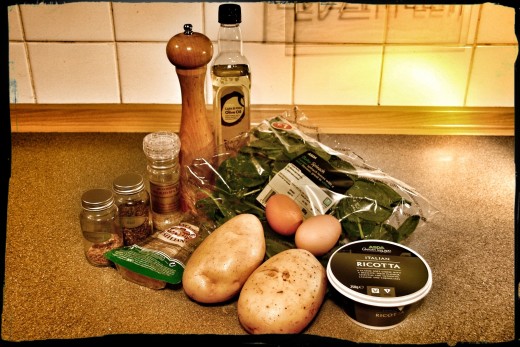
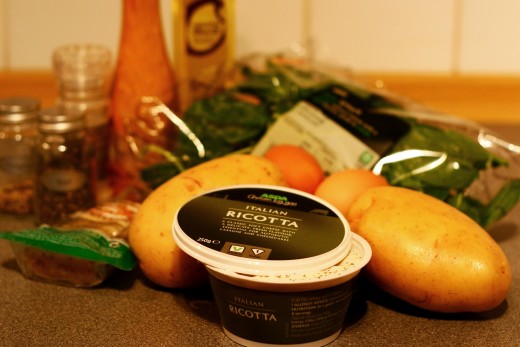
Ingredients
Serves 2
Preparation 20 mins
Cooking time approx 1 hour 30 mins (depending on the size of your potatoes)
2 Large Baking Potatoes
2 small free range eggs
250g Ricotta Cheese
100g Fresh Baby Spinach
Parmesan cheese to grate
1 tsp dried Oregano
Light Olive oil and salt to rub on the potato skins
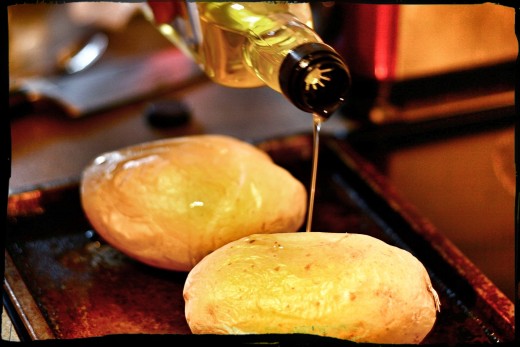
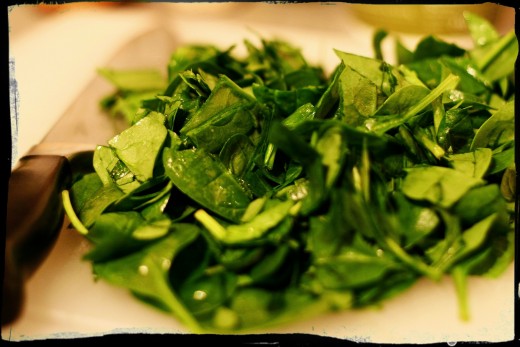
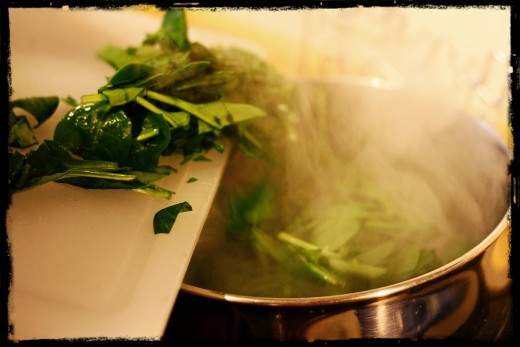
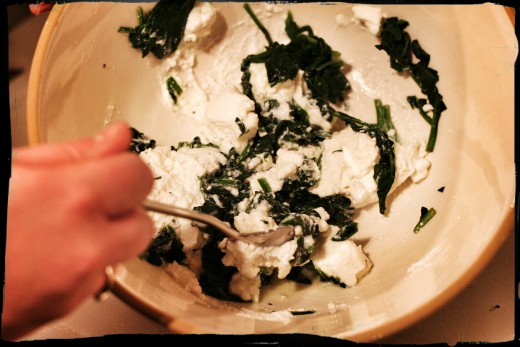
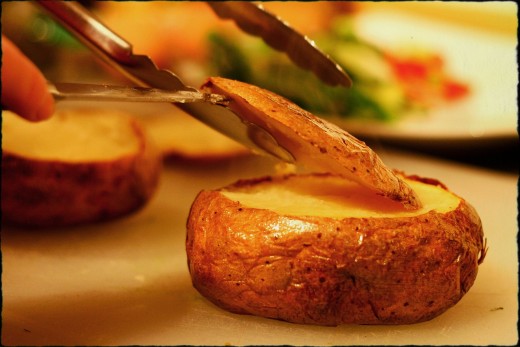
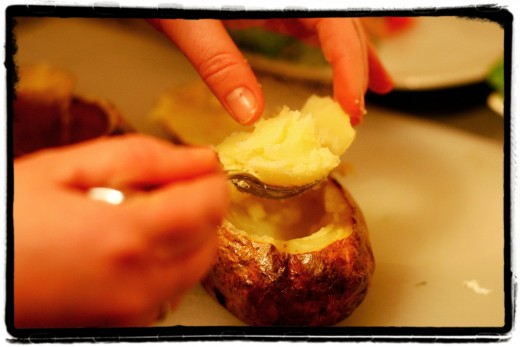
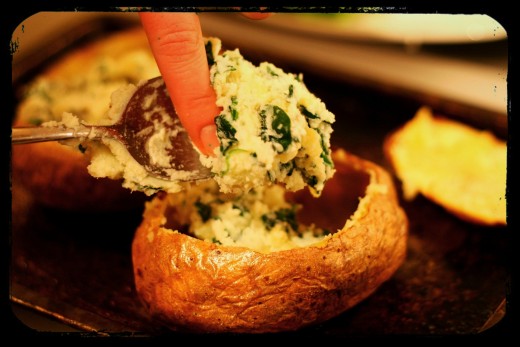
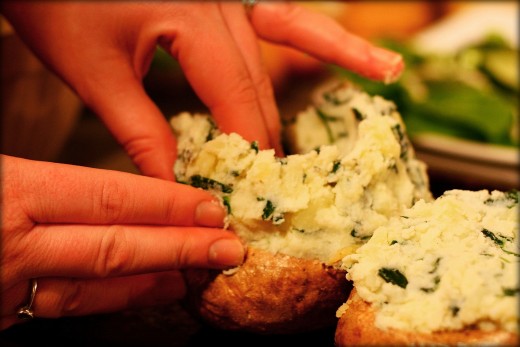
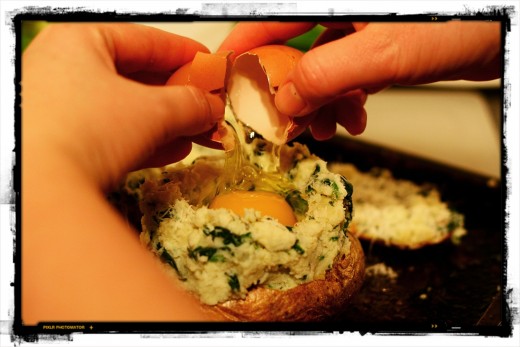
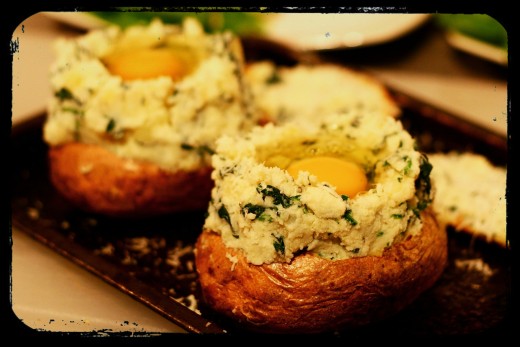
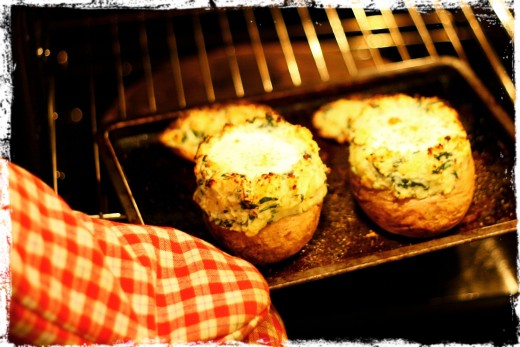
Method
1. Pre heat the oven to 200°C
2. Wash you potatoes and prick the skin with a sharp knife twice to prevent any potato skin explosions in the oven. Lightly rub the potato skin with mild light olive oil and salt and place on a baking tray, bake for around an hour.
TIP: If you are short on time you can microwave the potatoes first, just make sure you weigh them and set your microwave to the correct time and weight setting so you don't nuke them! Then rub with oil and salt and pop into the oven until the skins are brown and crispy.
3. Whilst the potatoes are baking, roughly chop the baby spinach and blanch in salted boiling water. Be careful not to overcook the spinach as it will lose colour and flavour.
4. Combine the blanched spinach and ricotta cheese in a large bowl and add the oregano, salt and cracked black pepper to taste.
TIP: Ricotta cheese can be a little bland so season your mix well, tasting as you go. If you prefer a stronger cheese taste also grate parmesan into the mix. Alternatively substitute the ricotta for feta cheese.
5. When the potatoes are a lovely golden brown colour and the skins crispy, slice off the top of the potato and scoop the cooked fluffy potato into the bowl with the spinach and ricotta. Be careful to keep the potato skins in tact.
6. Mix the spinach, ricotta and potato together whilst it's still hot and then re-fill the potato skins. There will be more mixture than skin but don't worry just keep piling it on and use your fingers to compact the mixture that has overflowed. Save a little mixture to fill the potato lids.
7. Make a well in the top of the mixture building up the sides of potato mix and make sure it stable enough to hold the egg with no gaps.
TIP: Work as quickly as possible with the hot potato mix so that the egg will begin to cook as soon as it is cracked into the potato. If you allow the mixture to cool the egg white in the centre of the potato may not cook fully - this is OK if you are using very fresh eggs but a slightly loose egg white isn't to everyones taste. If the potato mix has cooled a lot then pop in into the microwave for 20 seconds to reheat the centre of the potato.
8. Carefully crack the egg into the well of the mixture, grate parmesan cheese on to the top of the egg and season.
TIP: The well should be deep and the sides of the mixture absent of gaps so that the egg sits perfectly in the potato. Using a small egg is usually best.
9. Use the remaining mixture to fill the potato skin lids and grate over some parmesan. Place on the baking tray next to the filled potatoes.
10. Put back into the oven for around 20 minutes or until crispy brown and the egg white has set.
11. Team with a side salad and break the egg yolk so that it pours down the side of the potato as you are serving.
Enjoy!
Photographs by Andy Bouchard
Try my recipe and let me know what you think!
